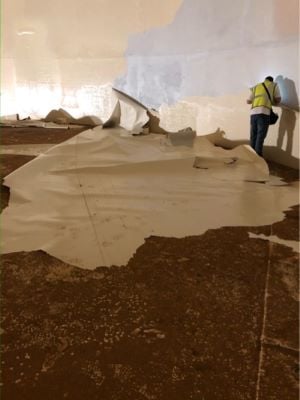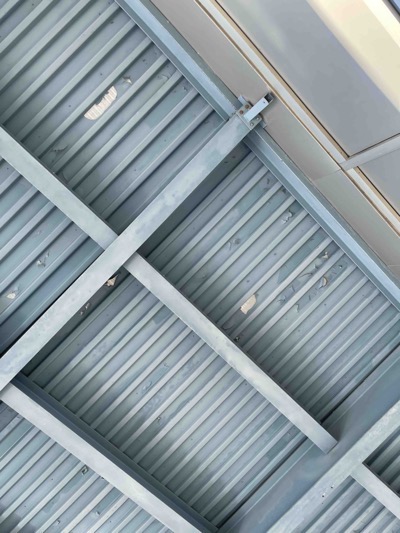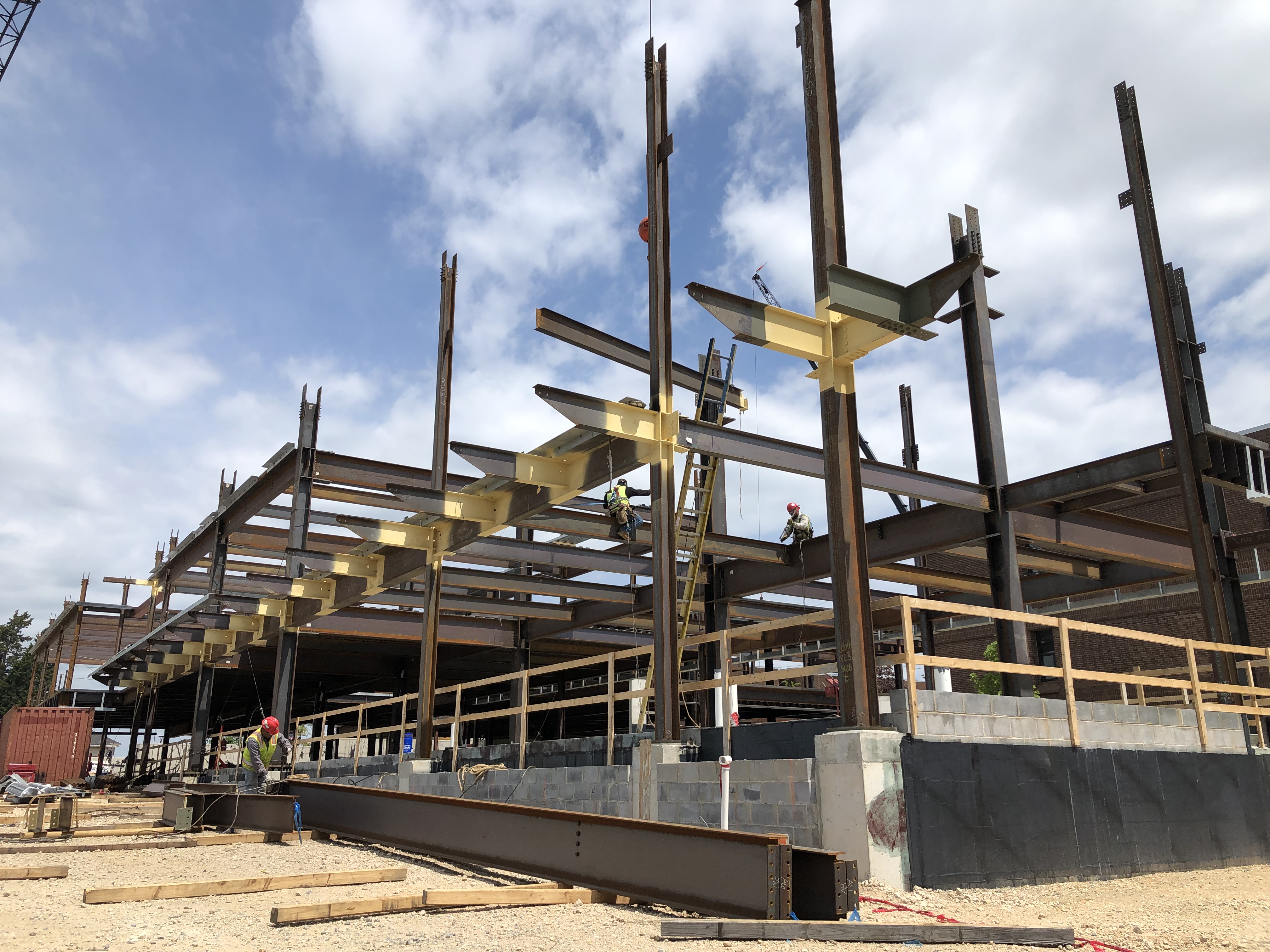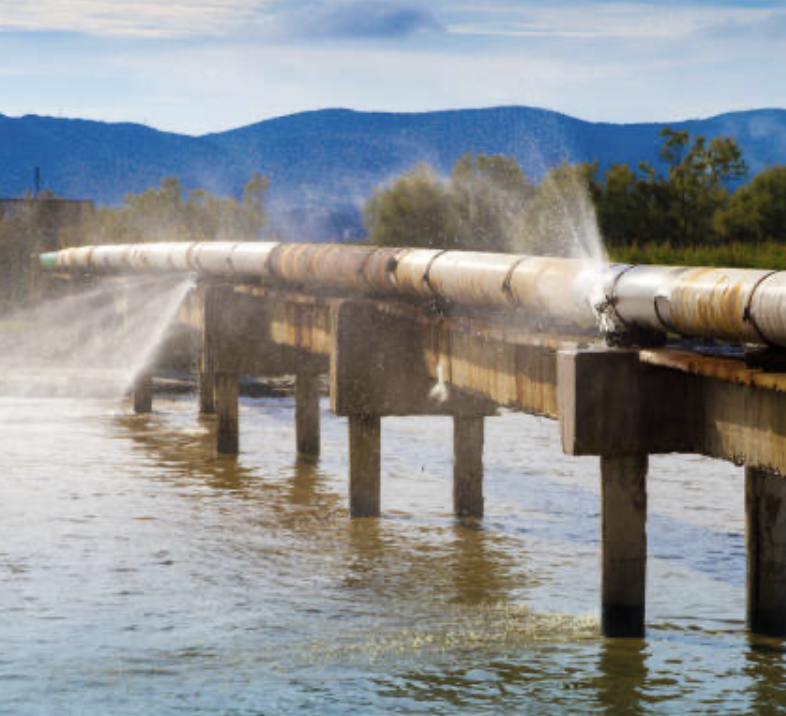
Why High Performance Coatings Fail?
Too often, with the best of intentions and efforts, coating systems fail. Coating failures can be an expensive and challenging problem to fix.
- High Performance Coatings
Causes of Premature Coating Failures:
Too often, with the best of intentions and efforts, coating systems fail. Coating failures can be an expensive and challenging problem to fix, but many times are avoidable. So what are some of the reasons coatings fail? And how can project teams avoid having to deal with coating failures?
“Each year millions of dollars are wasted on good coating systems that will fail prematurely due to inadequate surface preparation or improper application” according to Tnemec. Improper surface preparation is by far the number one reason for coating failures. In addition, improper applications, improper coating selection, moisture or environmental concerns and improper mixing are other major root causes. Below is a brief explanation of each:
- Improper Surface Preparation: This phrase is a broad term used to label a vast array of details regarding a lack of surface cleanliness, a lack of a surface profile, a surface contaminate or any combination of these.
- Improper Application: Improper application is any coating failure due to the coating not being applied correctly. This would include issues like a lack of film thickness as required, excessive film thickness, using too much thinner or the wrong thinner, applying the material outside of the application's details, missing the recoat window, etc.
- Improper Coating Selection: Coating failures do not have to be a result of the party responsible for the surface preparation and application. Improper coating selection is when the specifier or individual responsible for deciding which system to use does not select a system that will work for the exposure. A dramatic example would be the issue of non immersion grade material in an immersion environment. Or not properly vetting chemicals being used in a specific end-use condition.
- Moisture / Environmentals: All coatings require specific environmental condition to properly dry and cure. Proper curing is closely associated with the coating performance and lifecycle. When conditions like material temperatures, substrate temperatures, ambient temperatures, humidity, dew point, air circulation, etc are not adhered to…the film can potentially be negative effected.
- Improper Mixing: High performance coatings need to be properly mixed and two-component materials, specifically, require the appropriate combination of their different parts when mixing (proper mix-ratio). In addition, coatings require specific mixing instructions (material temperature, mixing time, type of mixing tool, thinning details, sweat time, etc). If not properly mixed, coatings may not cure or perform as intended.
Take the guess-work out of your specification. For detailed technical information about Premature Coating Failures, please contact High Performance Coating for assistance on your specific project.
Tnemec (2015) Surface Preparation and Application Guide.
Check out these other resources
The Science of High Performance Coatings
The Importance of Surface Preparation
Common Challenges of Applying High Performance Coatings
How Do You Know When a High Performance Coating is Cured?
Don't miss these project profiles
Charlevoix South Pier Lighthouse

Can galvanized steel be coated?
What is Passivation on Galvanized Steel and Can...

Mitigating Thermal Bridging with Fluid Applied...
A thermal bridge occurs when a conductive...

What Are The Benefits of Protective Coatings On...
Discover why coating carbon steel pipelines is...